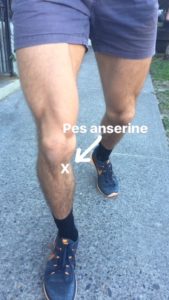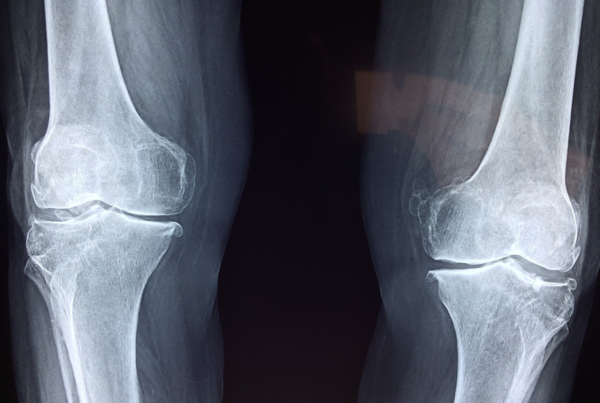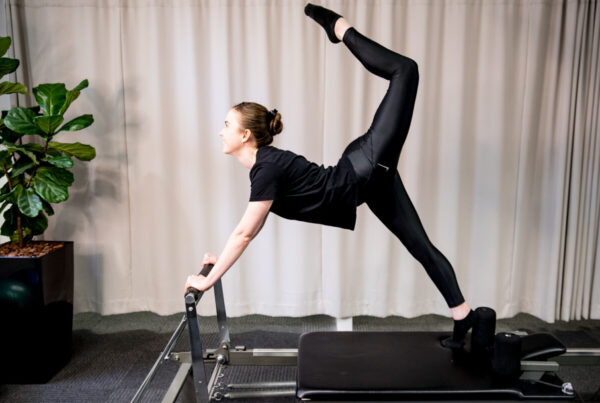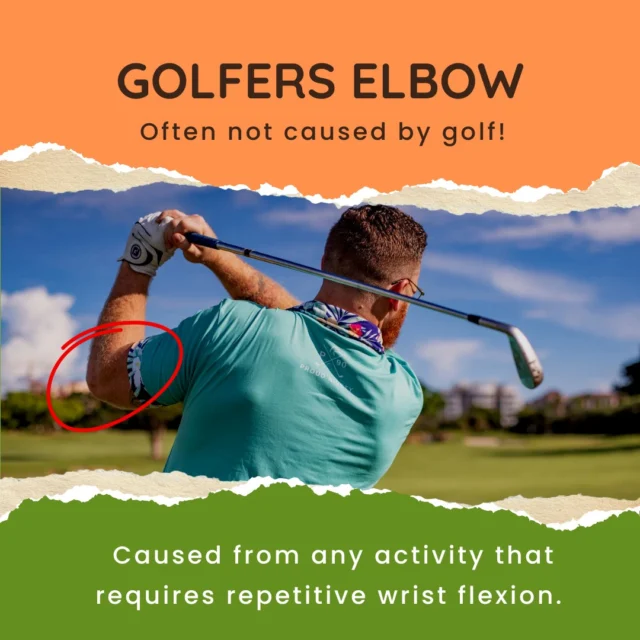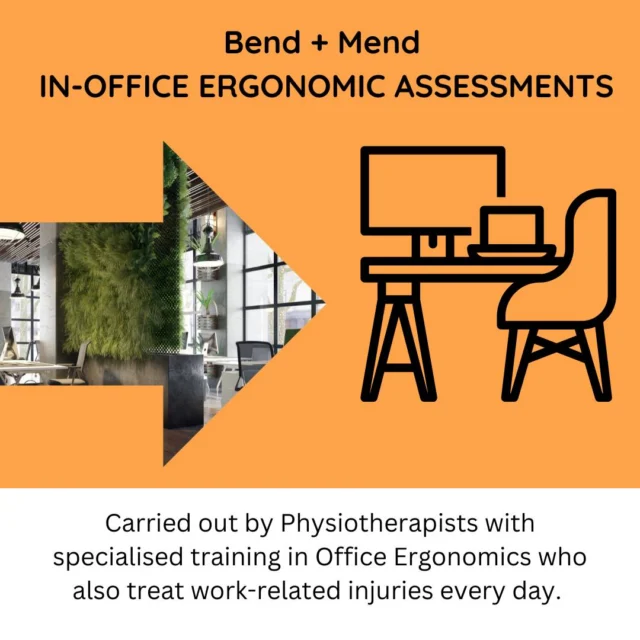An out of the ordinary running injury we see here at Bend + Mend is Pes Anserine Bursitis or tendinopathy. Pes Anserine is the combined tendon attachment site on the lower inside part of your knee. Three tendons from three different muscles attach here – sartorius, gracilis and one of your hamstring muscles (semi-tendinosis). At this attachment site is also a bursa known as the anserine bursa, which lies between the combined tendon and the shin (tibia) bone underneath. This lower knee injury is associated with inflammation to the combined tendon or the bursa – commonly known as bursitis (inflammed bursa) or a tendinopathy (disease of a tendon).
The bursa can be affected by repetitive friction and the tendon can be overloaded in common sports such as cycling, running and swimming. This is usually as a result of increased frequency and/or intensity of training, however it can also be as a result of these muscles being weak and shortened in muscle length. As well, other biomechanical factors can predispose individuals to this issue such as someone who over-pronates (rolling in of the foot) which can place extra stress on the inside of the knee.
Symptoms of Pes Anserine Bursitis / Tendinopathy can include:
– pain over the inside of the knee joint, mainly the lower part
– pain walking up stairs
– pain on resisted hamstring contractions
– stretching the hamstrings may also cause discomfort
– the bursa/tendon may also appear thickened and tender to touch
Treatment will look at helping to settle the inflammation and addressing why the problem has occurred in the first place. Inflammatory type symptoms will respond well to ice/cold therapy in combination with anti-inflammatory medications. If the injury was caused due to an increase in training load, your Physio will be able to instruct you on a more suitable training load and approach to increasing the load appropriately. If certain muscles are tight your Physio will look at releasing the tightened structures through soft tissue massage, mobilisations, as well as self releasing techniques with a foam roller and/ or trigger ball. Similarly your Physio will address any strength imbalances with a home exercise strengthening program. Biomechanical issues can also be addressed with muscle strengthening and retraining techniques, as well as potentially looking at orthotics if required. Time for recovery really depends how long the symptoms have been developing and how well you can reduce the acute inflammation and prevent further irritation to the bursa or tendon.
If you’re suffering from lower knee pain, be sure to make an appointment at our Martin Place or Barangaroo Bend + Mend clinic for a proper assessment and treatment of your injury today!
